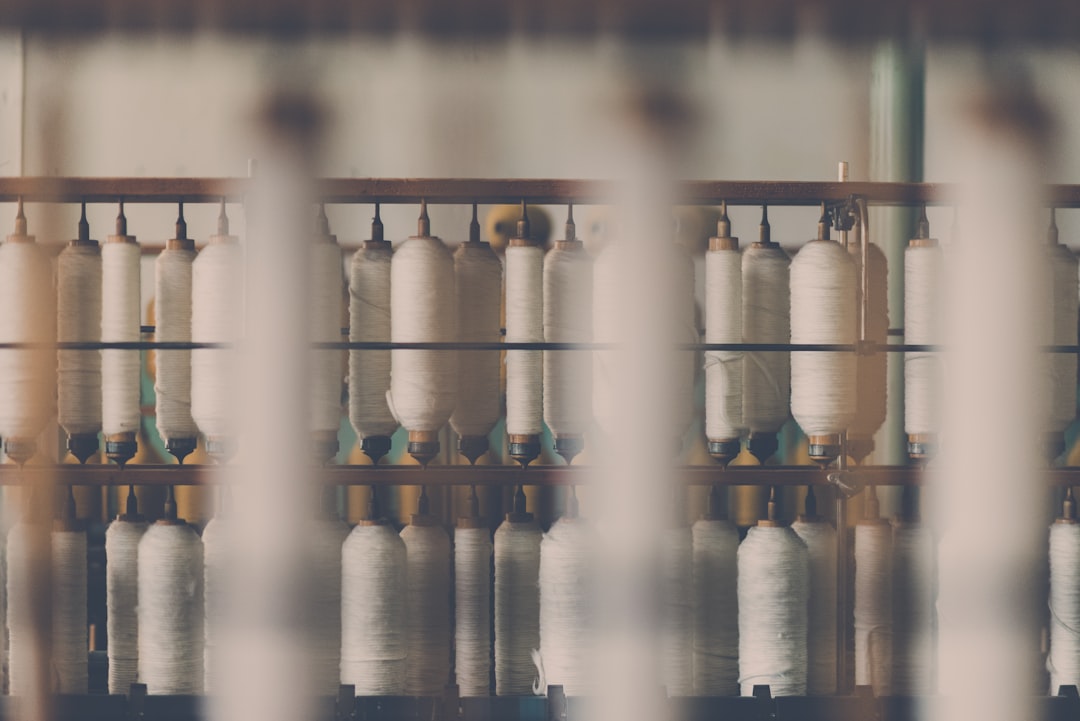For entrepreneurs, artists, or anyone diving into the world of custom apparel, finding a way to make t-shirt printing faster and easier can feel like discovering a hidden treasure. The demand for personalized t-shirts is booming, and whether you’re fulfilling mass orders or trying to streamline your at-home business, refining your printing process is essential. Fortunately, industry innovations and some insider tips can significantly enhance both speed and efficiency.
The secret to smoother production doesn’t hinge on just one factor but a combination of smart tools, techniques, and workflow adjustments. Curious to know what makes the magic happen? Let’s break it down.
1. Choose the Right Printing Method
The method you use to print t-shirts matters enormously. Some options are better suited for certain volumes and materials than others. Here’s a quick look at the main players:
- Screen Printing: Perfect for bulk orders thanks to its cost-effectiveness and durability, but setup can be time-consuming.
- Direct-to-Garment (DTG): Excellent for detailed designs and small batches. It offers quick turnarounds with minimal manual steps.
- Heat Transfer Vinyl (HTV): Great for personalization and small orders, but cutting and weeding vinyl can be time-intensive.
- Sublimation: Ideal for 100% polyester garments. It produces vibrant, washable prints but has material limitations.
If speed and flexibility are your priorities, DTG is often the hero. It prints directly onto fabric using inkjet technology and works much like a regular printer but for garments.

2. Pre-Treating and Curing Right
For DTG printing, the use of pre-treatment is crucial. This step ensures the ink bonds well with the fabric, resulting in brighter, more durable prints. However, over-applying or uneven spraying can slow down production and worsen print quality.
Tips for Effective Pre-Treatment:
- Use an automatic pre-treatment machine to spray consistent layers quickly.
- Keep your pre-treatment liquid well-mixed and stored properly.
- Use a heat press to dry the fabric evenly before printing.
Equally important is the curing process, where the printed shirts are heat-pressed or run through a conveyor dryer. This step locks in the ink and makes it wash-resistant. Investing in a high-quality heat press or dryer saves time on multiple presses and reduces smudges or mistakes.
3. Automate Wherever Possible
Manual work can be charming for passion projects, but automation is where the real time-saving magic lies. From software that queues orders automatically to machines that align garments perfectly for print, there’s a tool for every task.
Here are a few ways to automate efficiently:
- Design Software: Use tools like Adobe Illustrator with plugins for DTG or screen printing output formats.
- Order Management Systems: These streamline incoming requests, prepare invoices, and print job tickets.
- Automation Tools: Robotic arms that load shirts onto platens or AI-driven layout optimizers for minimizing wasted space.
Not only does automation speed things up, but it also minimizes human error and lets you scale production as your business grows.
4. Select the Right Garments
Believe it or not, choosing the right type of shirt can drastically impact your printing speed and success. Some fabrics absorb ink better, hold color longer, and are easier to handle across various machines.
Best materials for faster printing:
- 100% Cotton: Works beautifully with DTG, absorbs ink well, and delivers vivid results.
- Cotton-Poly Blends: Offers a good balance between softness and print quality, especially for screen printing.
- Smooth, Tight Weaves: Easier to cure and less prone to ink bleeding or smudging.

5. Streamline Your Workflow
The end-to-end process of printing a t-shirt includes design creation, file preparation, printing, drying, and packaging. The smoother this chain operates, the more productive and profitable your print shop becomes.
Start by minimizing movement. Have supplies within arm’s reach, label your tools, and use rolling shelves for fast access. Batch tasks according to shirt sizes or colors to avoid continual adjustments. Above all, train your team or yourself to follow a consistent routine—consistency reduces mistakes and increases speed.
While it’s tempting to chase new gadgets or upgrades, keep in mind that sometimes the simplest change—like organizing your workspace or pre-sorting orders—can save the most time.
Conclusion
The secret to faster and easier t-shirt printing lies in knowing your tools, optimizing your processes, and being open to automation where it fits. Whether you’re printing for fun or profit, these strategies can help you streamline operations without sacrificing quality or creativity.
In a fast-moving market, staying ahead means more than just good designs—it means making your whole production line a masterpiece of efficiency.



